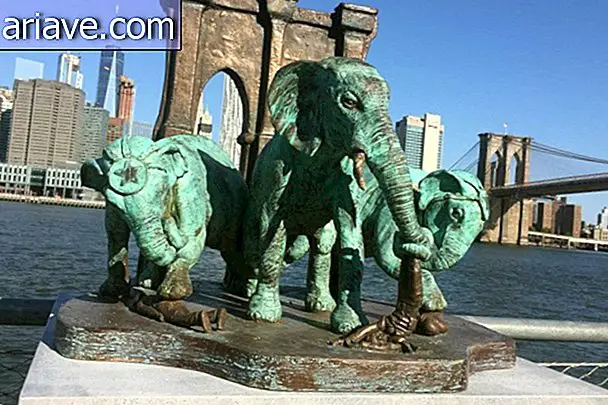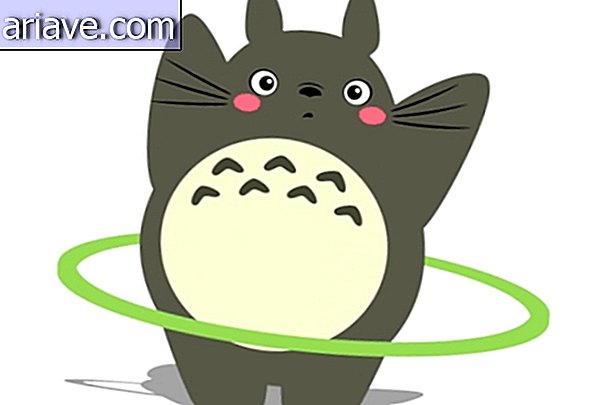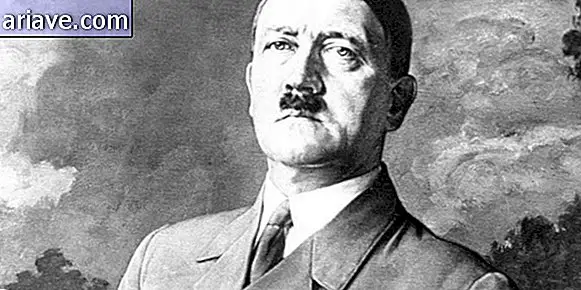Why does the Olympics logo have five colored hoops?
Every 4 years, the best athletes in the world come together for the biggest sporting event on the planet: the Olympic Games. The competition, in addition to having the greatest symbols of the sport, is full of symbolism, such as the fire of the Olympic torch, the marathon that recalls an ancient Greek path and, of course, its striking flag.
The five intertwined rings, one of each color (blue, yellow, black, green and red) on the white background represent one of the most famous logos in the world. Just hit the eye that you know exactly what the issue is. But exactly why are five hoops, not six, or seven? And why the colors are not purple, orange, pink, gray and brown, for example?

The story explains. The modern Olympics were conceived by the Frenchman Pierre de Coubertin in the late nineteenth century to rescue the mythical competitions played in ancient Greece. He wanted a major sporting event to be held periodically, but involving every country in the world.
To turn his dream into reality, Coubertin organized a congress in Paris in 1894 that would later become the International Olympic Committee (IOC) that still exists today. Two years later, the first modern Olympics brought together 241 athletes from 14 nations in the city of Athens. But the competition still needed an identity.
In 1913 Pierre de Coubertin presented a sketch that would become one of the most famous logos in the world: the five Olympic hoops. According to the creator, each hoop would represent a continent of the earth, considering America, Europe, Africa, Asia and Oceania, and would all be intertwined to reinforce the Olympic spirit of brotherhood and loyalty that the event sought.

What about colors? Well, at that time only Sweden, Greece, France, England, the United States, Germany, Belgium, Italy, Hungary, Spain, Japan, China, Australia and Brazil were part of the IOC, and at least one of the colors of the flags of each country. could be represented by blue, yellow, black, green, red and white. “A true international emblem, ” according to Coubertin's words.
In 1920, in Antwerp (Belgium), the symbol was officially used for the first time to never stop being hoisted in the host city that welcomes people from all over the world for the great celebration of the Olympic Games.












